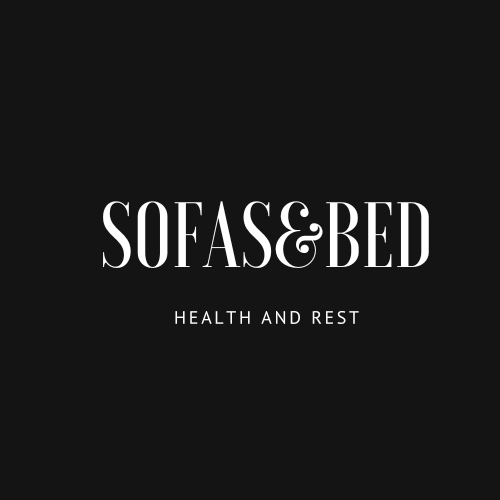Travel and Sleep: The Complete Guide to Rest While Traveling
Whether you’re crossing time zones for business or leisure, travel can wreak havoc on your sleep patterns. Learn how to maintain quality rest no matter where your journey takes you.
Understanding and Preparing for Travel Sleep Challenges
Impact of Travel on Sleep
Key Sleep Disruptors
Circadian Rhythm Disruption
- Time zone changes
- Light exposure variations
- Meal timing shifts
- Activity pattern changes
Environmental Challenges
- Unfamiliar sleeping spaces
- Different noise levels
- Temperature variations
- Air quality changes
The Science of Jet Lag
- Takes approximately one day per time zone to adjust
- Eastward travel typically harder than westward
- Body clock can shift about 1-2 hours per day
- Recovery depends on travel direction and duration
Pre-Travel Sleep Strategy
Preparation Timeline
1 Week Before
- Gradually shift bedtime
- Adjust meal times
- Modify light exposure
- Optimize current sleep schedule
- Start proper hydration
- Regular exercise timing
48 Hours Before
- Pack sleep essentials
- Plan flight rest strategy
- Prepare time zone transition
- Download sleep apps/tools
Strategies for Sleep During and After Travel
During Travel Strategies
Flight Sleep Optimization
Long-Haul Flight Tips
- Eye mask and earplugs
- Neck pillow ergonomics
- Compression socks
- Comfortable clothing layers
- Strategic meal timing
- Hydration schedule
- Movement exercises
- Light exposure management
Sleep Position Techniques
- Window seat advantages
- Proper head support
- Leg positioning
- Back support methods
Destination Adaptation and Recovery
First 24 Hours Protocol
Morning Arrival
- Get natural sunlight
- Light exercise
- Stay awake until evening
- Time meals to new schedule
Evening Arrival
- Minimal light exposure
- Light snack if needed
- Relaxation techniques
- Temperature optimization
Hotel Sleep Optimization
- Temperature (65-68°F/18-20°C)
- Blackout curtains
- White noise options
- Pillow selection
